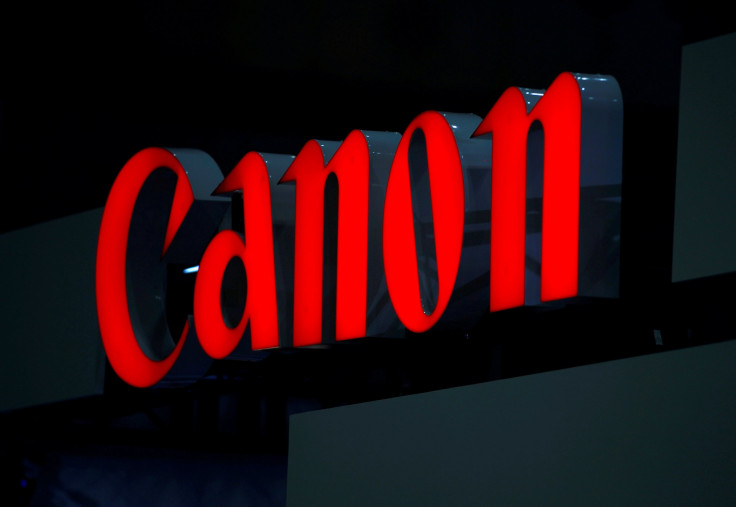Canon 6D Mark II: Australian pricing for full frame camera not disclosed; 4K shooting mode missing

Latest reports suggest that Canon is launching a new full frame camera, the Canon 6D Mark II. The $2,618 camera is the only refresh to the original Canon 6D (now 6D Mark I) that was launched back in 2013.
The camera will reportedly fix the problems the Mark I have. The device feels ancient these days because of its static display and 11 points for auto focusing and zero articulation. These two drawbacks make the camera impossible to shoot moving videos. The 6D Mark II addresses these problems. The display on the rear is fully articulated, and it has a 45 point autofocus. It also has the ability to autofocus in video mode with its 26.2 megapixel sensor.
The exact Australian pricing and availability of the camera have not yet been disclosed, though in the US, 6D Mark II will start shipping in July. The body alone will cost $2,618, which is nearly $131 less than the original 6D’s launch price. The Mark II also has certain dream features missing that may disappoint fans, reports Gizmodo Australia. There is no Compact Flash slot or dual SD card slots. The camera does not shoot in 4K.
For dual SD card slots and better file backup, users will have to go for the pricier Canon 5D Mark IV. Professional shooters have a preference for full frame cameras over micro four third and lighter cropped sensor cameras. A larger camera sensor allows a user to shoot more of what they are looking at. Full frame cameras also provide better field of view.
The original 6D was preferred over other cheaper full frame cameras due to a variety of reasons. It has a super-sensitive sensor capable of capturing more light than cheaper full frame cameras. It is perfect for astrophotography.
Due to the drawbacks mentioned earlier, Canon fans were eagerly waiting for the 6D Mark II as the price seems attractive enugh. The company has announced an update to its cheapest DSLR, Canon EOS Rebel SL2. The SL1 will be ramping down production for SL2 to take its place. It will have a 24.2 megapixel sensor and nine autofocus points.





















